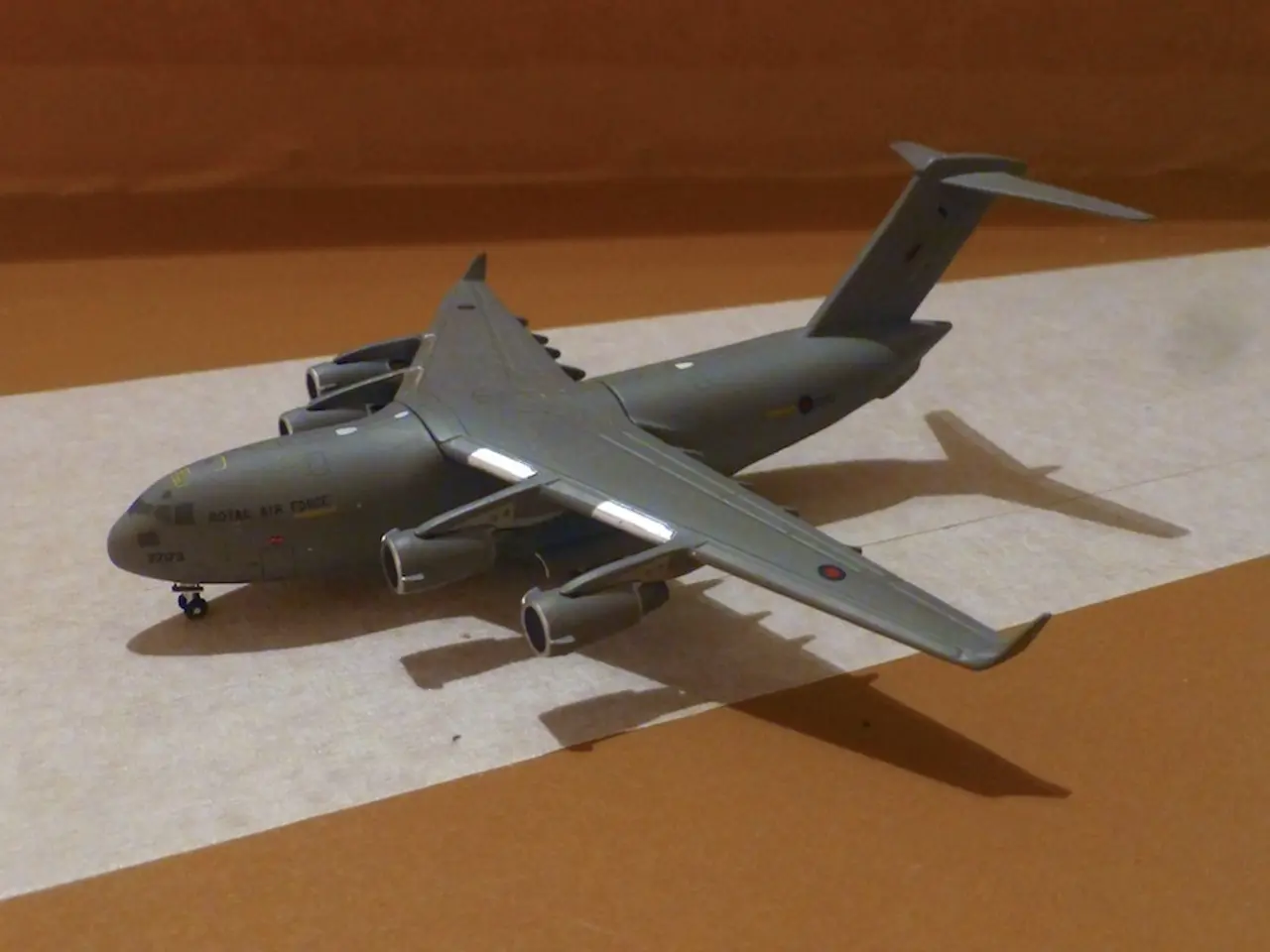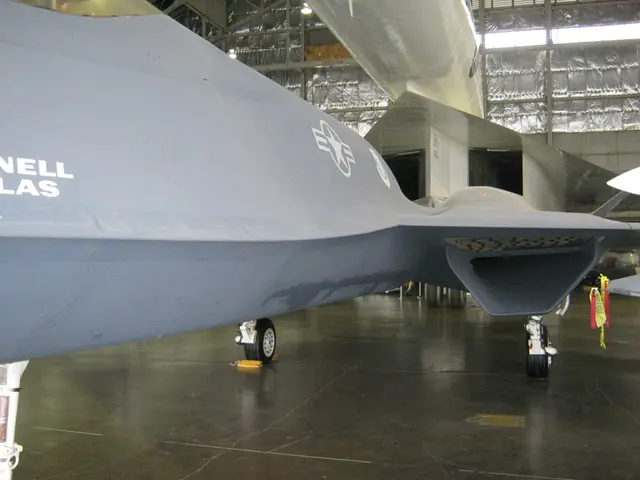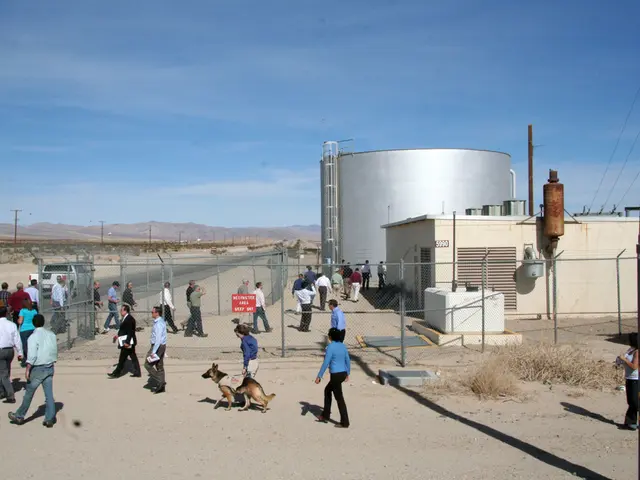Jetliner Tupolev Tu-155 Soaring on Jet Fuel
The Unheralded Pioneer: The Tupolev Tu-155
The Tupolev Tu-155, a lesser-known figure in aviation history, is a significant achievement in the quest for alternative fuel sources. Developed by the Tupolev Design Bureau, a Russian aircraft manufacturing corporation, during the Cold War, the Tu-155 was designed to reduce dependency on petrol and utilize the country's natural gas reserves.
Andrei Tupolev, the founder and director of the Tupolev Design Bureau, was the brainchild behind this innovative idea. He envisioned modifying a commercial airliner to run on natural gas, a concept that was revolutionary at the time. Unfortunately, Tupolev passed away in 1972, before he could witness the prototype's first successful flight.
The Soviet Union was in the process of breaking apart when the Tu-155 first took to the skies in 1988, 16 years after Tupolev's death. Despite budget limitations, the project was revived by Tupolev engineers, who continued to push the boundaries of aviation technology.
The Tu-155, also known as "The Plane Flying on Gas," is one of the few successful attempts at using alternative resources, specifically liquified natural gas (LNG), on planes. It was an experimental aircraft derived from the Tu-154, designed to test the use of cryogenic fuels.
The Tu-155 completed several flight tests, including those with different types of cryogenic fuels. It was equipped with a special engine designed to operate on these fuels. However, the project was almost forgotten after Tupolev's death until it was revived by the engineers.
In the modern aviation landscape, other players are also exploring alternative fuel sources. Airbus, a European commercial airliner manufacturer, is currently working on developing aircraft that can fly on hydrogen. If successful, this project could change the future of the commercial air transportation industry.
Despite its experimental nature and limited impact on commercial aviation, the Tu-155 remains an important part of aviation history. Its exploration of alternative fuels, particularly LNG, contributes to ongoing research into sustainable aviation fuels. While the Tu-155 may not be as widely recognized as other Tupolev models such as the Tu-134, Tu-154, or Tu-204, its legacy in aviation continues to influence the industry's quest for innovation and environmental sustainability.
- The explorations into alternative fuel sources by the Tupolev Design Bureau, highlighted by the Tupolev Tu-155, have significant connections to the field of environmental science.
- The Tu-155's experimental use of liquified natural gas (LNG) sets a precedent for the nascent fusion of aerospace technology and finance, potentially influencing future investments in sustainable aviation.
- Aircraft manufacturers like Tupolev and Airbus are increasingly engaging with climate-change mitigation efforts, as demonstrated by the Tu-155's LNG experiment and Airbus' exploration of hydrogen-powered airplanes, marking a merging of science, technology, and industry in the pursuit of environmental sustainability in the aviation sector.








